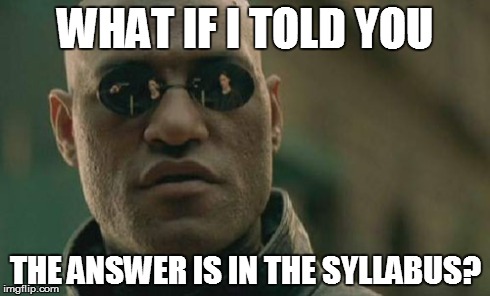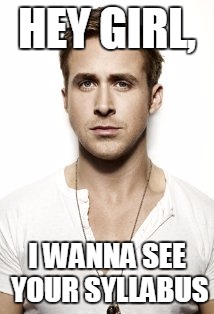A couple of weeks ago in a Northern Virginia suburb, I saw a car festooned with four bumper stickers, From top to bottom, they read “got diversity?” “Ben Carson President 2016,” “Ted Cruz 2016,” and “Carly [Fiorina] 2016.” I’m guessing that the driver’s decision to decorate the car with these stickers, including the diversity question, was a proud exclamation that the GOP’s presidential field has, at least through tomorrow’s Iowa caucuses, one African American, one (actually two) Cuban American, and one woman. Indeed, the Republican field has more ethnic diversity than the Democratic slate of contenders.
But my mind went back to an in-class exercise we did in my “Religious Tolerance and Intolerance in America” course last fall. At that point, there were still 17 Republicans in the race, and 5 Democrats. We checked online sources to determine each candidate’s public religious preference. That informal study revealed, like most studies do, that you can split the data a number of ways. If you rely solely on various denominations of Christianity, the Republican field in November 2015 won hands down in the religious diversity race. But if you use a different metric–how many non-Christians are in the race–the Democrats prevailed.
Here’s a quick sketch of our findings:
Democrats
Hillary Clinton Methodist
Bernie Sanders Secular Jew
Lincoln Chafee Episcopalian
Martin O’Malley Roman Catholic
Jim Webb Protestant(?)
Republicans
Donald Trump Presbyterian
Scott Walker Non-denominational Christian
Rick Perry Non-denominational Christian
Carly Fiorina Episcopalian
Rick Santorum Roman Catholic
Ben Carson Seventh-day Adventist
Marco Rubio Roman Catholic
Ted Cruz Southern Baptist
Bobby Jindal Roman Catholic
George Pataki Roman Catholic
Chris Christie Roman Catholic
Jeb Bush Roman Catholic
Lindsey Graham Southern Baptist
Jim Gilmore Methodist
Mike Huckabee Southern Baptist
Rand Paul Presbyterian
John Kasich Anglican
So what does all of this tell us? In many ways, candidates of both parties reflect the traditional hegemony of Christianity in American politics. All but one–Sanders–identify themselves with some form of Christianity, with Bobby Jindal’s unusual conversion from Hindu to Catholic as a missed opportunity for more religious diversity in Republican, or even, American politics. Reading a little further into their faith biographies, you’ll find that while some have maintained the religion of their childhood (Clinton, Pataki, Huckabee, and O’Malley, for instance), others have engaged in a very “American” spiritual wandering (Rubio especially stands out here). Ben Carson is the only Protestant in the bunch who does not worship at what used to be called “mainline churches.”
Moreover, the field of all contenders for the 2016 White House do not reflect the religious character of the country as measured in a 2015 Pew study. In their findings, Pew researchers noted that “mainline” Protestants were only 14% of the American population, while Roman Catholics had dropped to 20%. Out of 22 candidates listed above, 7 are Roman Catholic–closer to 30% of the field. And 9 of the candidates are mainline Protestants–just over 40% of the total 22. The Pew study also found a rise in non-Christian faiths, but that is not reflected in the religions of the candidates. No Muslims, Hindus, or Buddhists are running, and even Bernie Sanders distances himself from being an observant Jew.
Religious diversity has not yet arrived in the presidential field of either party. Does anyone want to bet that will change in 2020? Given the recent virulent Islamophobia in campaign ads and speeches, I sincerely doubt it will.






